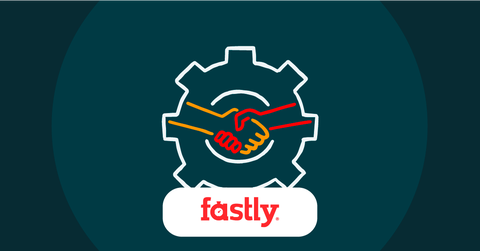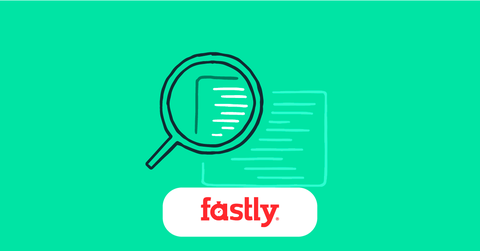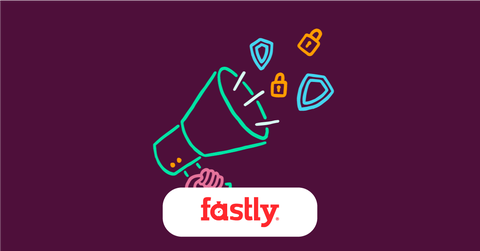
Featured story
The WebAssembly System Interface (WASI) Subgroup recently reached a significant milestone by voting to launch WASI 0.2, also known as WASI Preview 2.
Featured
See more
More stories
Categories
April 17
The WebAssembly System Interface (WASI) Subgroup recently reached a significant milestone by voting to launch WASI 0.2, also known as WASI Preview 2.
April 15
Open source at Fastly is getting opener
7 min readWe're working on keeping our corner of the open source world even opener with three key updates of our open platform.
April 9
Improving your WebSocket stack
4 min readWebsocket limitations can be costly and inefficient if you want to push a lot of real-time content. Discover how Websockets paired with Fastly Fanout improves real-time communication.
April 4
Let’s Encrypt Chain of Trust Impact
4 min readOur commitment to widespread trust allows Certainly to support organizations affected by Let’s Encrypt’s looming changes and beyond.
April 3
With the recent xz hack in the news, it's crucial to support maintainers of open source projects. Fastly has been doing just that with our open source program, Fast Forward.
April 2
See how Fastly's Bot Management targets malicious bots to protect your apps and website for a better user experience. Learn more about our bot management capabilities.
April 1
An effective edge security strategy can provide significant benefits and protect organizations from the continually evolving threat landscape.
March 27
What’s happening on Fastly Connect
3 min readSee what’s been happening on Fastly Connect, a community forum for developers to learn and help each other on their journey.
March 26
Discover a new level of speed with our data storage solution that outperforms traditional KV stores. Build something amazing today!
March 21
Fastly’s ESI library for JavaScript, now available on npm, allows you to add powerful ESI processing to your application.
March 20
In this new report, we surveyed 235 IT and cybersecurity professionals across Europe to shed light on the state of API security.
March 14
TLS: More secure; always fast
6 min readThis post details the journey of improving the security of TLS private keys and improving the performance and efficiency of TLS handshakes along the way.
- Products
- Solutions
- Learn
- Support
- Company


















